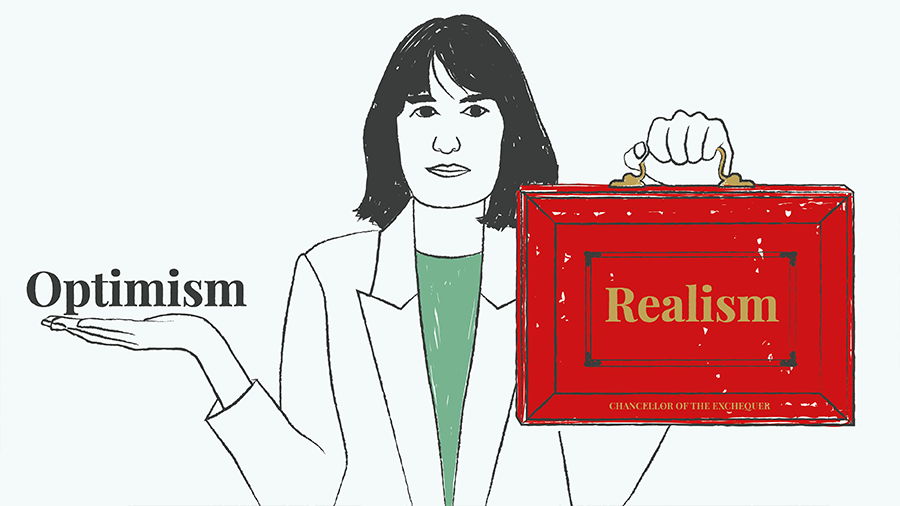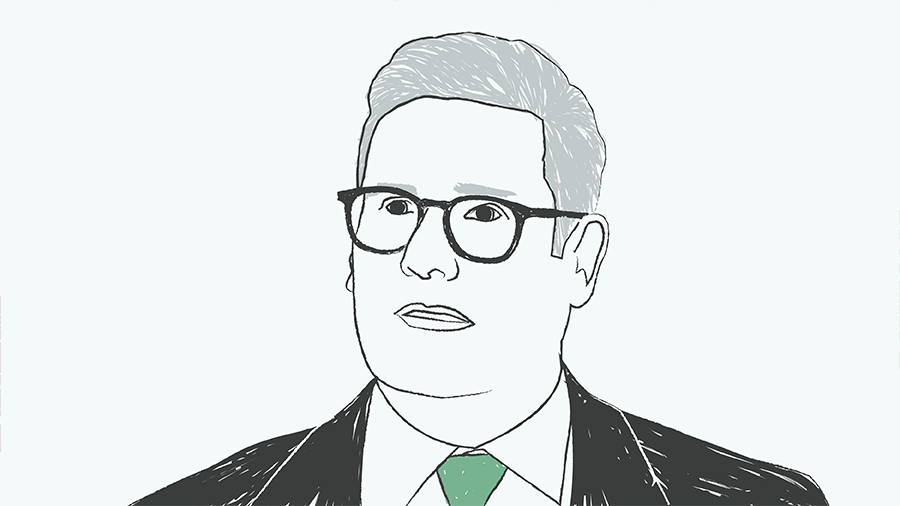You’ll have heard the rather apocalyptic stories, mostly coming from the US, about the ‘Great Resignation’, an apparent exodus of employees whose priorities have changed over the pandemic.

Some of the stats are appropriately scary. Globally, 41% of workers are planning to leave their jobs over the next year, according to the World Economic Forum. Four million Americans quit their jobs in April. A monster.com survey in June found that 95% of respondents – also in the US – were considering quitting. At the same time, vacancies are on the rise: in the UK, there are now a million unfilled positions, about a third higher than pre-pandemic figures.
It’s a seller’s labour market – at least for now – with important implications for ambitious firms. It’s hard to grow if you can’t find – or keep – the best people. If the shortages are severe, as we’ve seen in the logistics, travel and leisure sectors, it can be hard just to operate day-to-day.
But there’s an obvious opportunity here too. Top talent always has a choice; if you can be where they choose, not only will you get to hold onto your own top people, you’ll also nab your competitors’ too.
Talent management: What hasn’t changed
Most of the basic rules of talent attraction and retention remain unchanged. Fundamentally, it comes down to engagement.
Gallup, which tracks employee engagement obsessively, released the following statistic, again from the US: 30% of engaged staff are looking to leave their jobs, compared to 54% classified as not engaged, and 74% of those who are actively disengaged.
Two key contributors to engagement are progression and its twin, development. No one wants to stagnate, particularly high potential people.
Personal development isn’t just about offering training courses. Demonstrable learning should be built into an employee’s job experience, with clear, individualised plans for how they can grow, supported by training, coaching and mentorship, and the provision of opportunities to work on new projects.
If you can’t guarantee career progression – which is difficult to do unless you’re growing headcount rapidly – think about creative alternative ways to enhance careers, for example by enabling horizontal and diagonal moves as well as vertical ones, or offering secondments to different teams.
Paying well is another essential principle, but it’s also important to pay intelligently. In Gallup’s research, only 22% of employees strongly agreed that their pay was fair, motivated them to deliver and aligned their incentives to the organisation’s objectives – despite the fact that those employees were generally happier with their pay and more engaged.
Then there’s giving people a vision, a mission and purpose that they can get behind. It’s a cliché that this is something peculiar to millennials and Gen Z – the intrinsic motivation of doing meaningful work is hardly new, even if the younger cohorts are more vocal about it, or willing to walk if it’s absent. Just be careful that the purpose you articulate matches the reality – there’s little as disengaging as hypocrisy.
The biggest reason people leave jobs – before, during and after the Great Resignation – is of course their line manager. Bad managers can drive away the most loyal of employees; good managers – who listen, take the time to understand their employees’ individual motivations and strengths, who set clear, reasonable goals with accountability – can keep people who are otherwise dissatisfied, and even re-engage them.
Training and selecting for those managerial skills is therefore a key tool in building a powerful employer brand that will draw top people.
Talent management: What has changed
So far, so usual: you should be doing all these things anyway. But the Great Resignation isn’t just a one-off crunch of pent-up demand. It is also a response to the unique events of the past year and a half.
Consider that three in ten engaged employees are still looking at new job opportunities. In an article in Fast Company, academic Scott Dust offered a theory as to why.
He conducted a literature review of organisational journals, identifying 14 reasons why people leave their jobs. Dust then conducted a representative survey of 233 workers, asking them to assume each of these reasons in turn classified as ‘very bad’ and to say whether this would cause them to begin a passive or active job search.
Factors like a lack of belonging, lack of autonomy and stagnation did lead to passive job searches, but perhaps surprisingly were among the least likely to lead to an active search. Only three factors resulted in 50% or more respondents saying they would actively seek to leave: uncompetitive compensation, work-life balance and remote work policies.
“Organisational leaders must approach their workplace arrangement decisions with eyes wide open and recognise the importance of flexible, virtual options for employees,” Dust wrote.
People want to have some choice about when, where and how they work – and they won’t take kindly to having it taken away from them.
This doesn’t mean you have to be held hostage by your staff’s flexible working preferences – most people will respond to sensible conversations with their managers about what will work for them and the business. But it does mean you tread roughshod over their needs at your peril.
Ultimately, you have to define what you think makes your business a place people would want to work and stay. And whatever your pitch is to new employees, articulate it proudly. Involve marketing as well as HR in the process.
The Great Resignation won’t last – but for a company ambitious for growth, it’s never a bad time to turn yourself into a talent magnet.
















